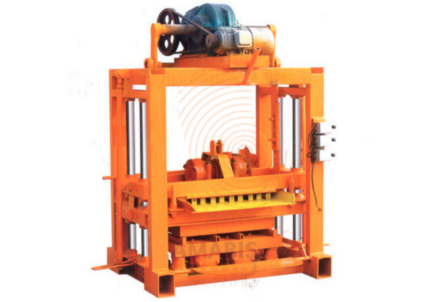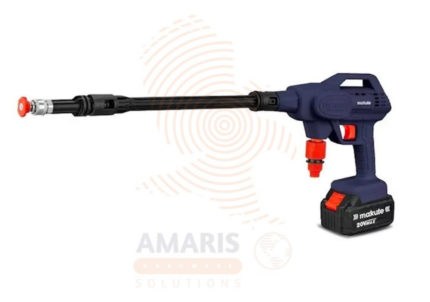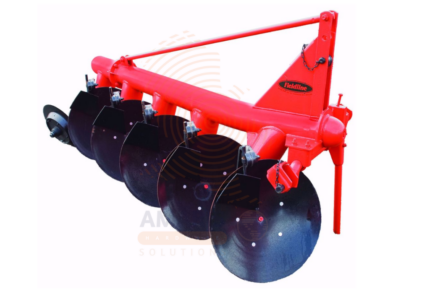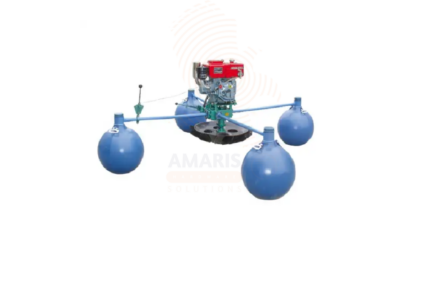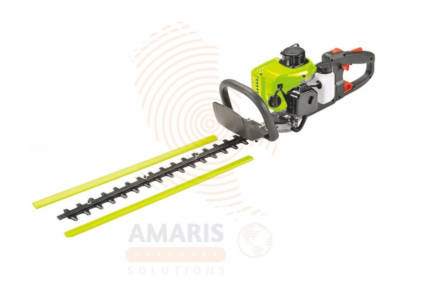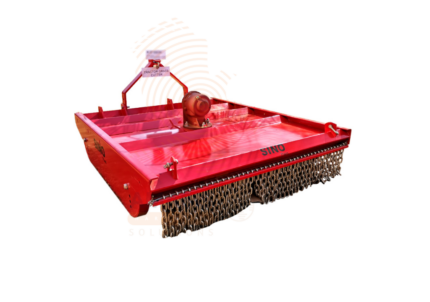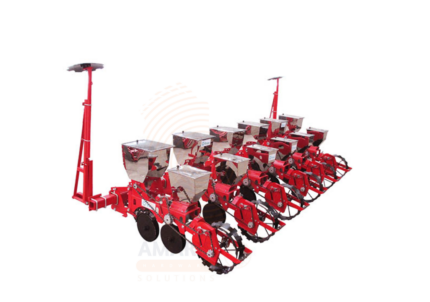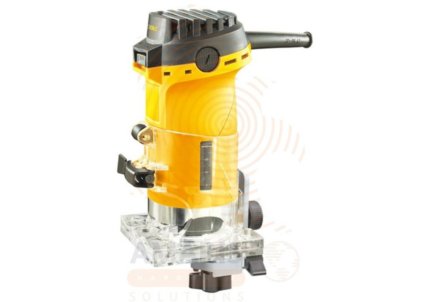Back to products
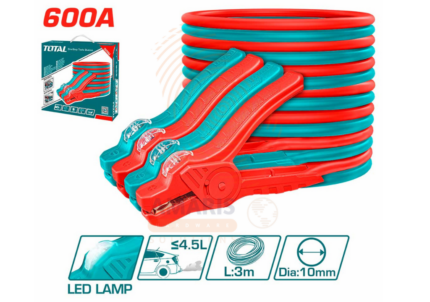

Booster Cable with Lamp
$30.38 Original price was: $30.38.$28.86Current price is: $28.86.
Boom Sprayer
WhatsApp Order
A Boom Sprayer is an agricultural implement designed to apply liquids such as herbicides, pesticides, fertilizers, and water evenly over large crop areas. It features a horizontal boom equipped with multiple nozzles spaced at intervals, allowing for wide coverage and uniform spray distribution. Boom sprayers can be mounted on tractors, pulled behind as trailers, or be self-propelled units. They enhance the efficiency and accuracy of spraying operations in farming, reducing manual labor and ensuring effective crop protection and nutrition.
Description
Table of Contents
ToggleBoom Sprayer
Uses
-
Applying herbicides to control weeds across extensive fields
-
Spraying insecticides for pest control in crops such as corn, wheat, and vegetables
-
Distributing fungicides to prevent or manage plant diseases
-
Applying liquid fertilizers to promote healthy crop growth
-
Evenly watering crops in irrigation practices
-
Covering large areas with defoliants in cotton harvesting
-
Spraying plant growth regulators to enhance crop yield and quality
-
Applying soil conditioners or other amendments in liquid form
-
Managing orchards, vineyards, and other specialty crops with precision spraying
-
Supporting turf management in golf courses and sports fields
-
Applying disinfectants and sanitizers in agricultural environments
-
Used in integrated pest management (IPM) programs to optimize chemical use
-
Enhancing spray efficiency with adjustable boom height and nozzle selection
-
Reducing chemical waste by targeting application and minimizing drift
SAFETY HANDLING PRECAUTIONS
Safety Precautions
-
Wear Personal Protective Equipment (PPE)
-
Use chemical-resistant gloves, goggles, and masks when handling and spraying chemicals
-
Wear long sleeves, pants, and boots to prevent skin contact
-
-
Read Chemical Labels and Equipment Manuals
-
Follow all manufacturer instructions for chemical mixing, handling, and equipment operation
-
-
Inspect Equipment Before Use
-
Check hoses, nozzles, tanks, and boom components for leaks or damage
-
Ensure spray nozzles are clean and functioning properly
-
-
Calibrate the Sprayer
-
Accurately calibrate the sprayer to apply the correct amount of chemical per area
-
-
Avoid Spray Drift
-
Spray during calm weather conditions to minimize drift to non-target areas
-
Use drift-reduction nozzles and maintain appropriate boom height
-
-
Mix Chemicals Safely
-
Mix chemicals in well-ventilated areas and avoid inhalation or skin contact
-
Use proper measuring and mixing containers
-
-
Secure the Sprayer During Transport
-
Ensure the boom is folded and locked properly to avoid damage or accidents
-
-
Clean Equipment After Use
-
Thoroughly wash the sprayer and protective gear to prevent chemical contamination
-
-
Store Chemicals and Equipment Safely
-
Keep chemicals in original containers, away from children, pets, and food supplies
-
Store sprayers in a secure, dry place
-
-
Dispose of Waste Properly
-
Follow environmental regulations for disposing of leftover chemicals and rinse water
-
Related products
Bush Cutter Blade
A bush cutter blade is a specialized cutting component designed for use in a bush cutter or brush cutter machine. It is a robust and sharp-edged tool crafted to efficiently cut through dense vegetation, such as bushes, shrubs, tall grass, and small trees. The design of the bush cutter blade is tailored to provide effective and precise cutting in challenging outdoor conditions. These blades come in various shapes and configurations, allowing users to adapt to different types of vegetation and land management tasks. Bush cutter blades play a crucial role in vegetation control, land clearing, and maintenance activities across various industries and applications.
Cordless Pressure Washer
A cordless pressure washer is a portable, battery-powered cleaning device that delivers pressurized water for high-efficiency cleaning without needing power outlets or fixed water sources. It features a rechargeable lithium-ion battery, compact pump, and interchangeable nozzles for adjustable spray patterns. Designed for mobility and ease of use, it can draw water from buckets or portable tanks, making it ideal for remote tasks, outdoor cleaning, and situations where conventional connections are unavailable.
Disc Plough
A disc plough is a rugged agricultural tool featuring a series of concave steel discs mounted on a sturdy frame, used to break and turn heavy, compacted soils. Designed to operate in rocky, root-filled, or uneven terrain, it slices through debris and flips over the topsoil, burying crop residue and preparing the land for planting. Available in multiple configurations—including offset and tandem types—disc ploughs are essential for primary tillage, providing soil aeration, weed control, and residue mixing while enhancing water infiltration and reducing compaction.
Fish Aerator
A fish aerator is a device designed to increase oxygen levels in water, essential for maintaining the health and survival of fish in aquaculture systems, ponds, tanks, and live fish transport. It works by agitating water or releasing air bubbles to promote gas exchange between air and water. Fish aerators are commonly used in fish farming, aquariums, and bait tanks to prevent oxygen depletion, especially in densely stocked or warm water conditions. They improve water quality, reduce fish stress, and promote better growth and survival rates.
Gasoline Hedge Trimmer
A gasoline hedge trimmer is a handheld gardening tool powered by a gasoline engine, designed for trimming and shaping hedges, bushes, and shrubs. It consists of a cutting blade or blades, typically reciprocating, attached to a long shaft with a handle or grip for ease of use. The gasoline engine provides the necessary power to drive the blades, offering mobility and independence from electrical outlets, making it suitable for use in outdoor settings where access to electricity may be limited. Gasoline hedge trimmers are valued for their versatility, allowing users to manicure and maintain landscaping with efficiency and precision.
Mower
A Mower is a mechanical tool or machine used to cut grass, weeds, and other vegetation to a uniform height. Available in various types—such as manual reel mowers, electric or gasoline-powered push mowers, and ride-on or rotary mowers—they are essential for lawn care, landscaping, and agricultural maintenance. Mowers use sharp rotating or oscillating blades to shear vegetation efficiently, and many models come with adjustable cutting heights, collection bags, or mulching features. From residential lawns to large fields and sports grounds, mowers enhance aesthetics, control plant growth, and support land management.
Planter
A Planter is a container or device used to hold soil and plants for gardening, landscaping, or indoor decoration. Planters come in various sizes, shapes, and materials, such as plastic, ceramic, metal, or wood, designed to provide an ideal growing environment for flowers, herbs, vegetables, or ornamental plants. They are essential for organizing plants in limited spaces, improving aesthetics, and facilitating plant care by providing drainage and soil containment.
Trimmer
A Trimmer typically refers to an electric trimmer with a power rating of 500 watts. This type of trimmer is commonly used for various tasks such as cutting or trimming grass, shrubs, and other vegetation in gardens or outdoor spaces. The 500W rating indicates the power consumption or output of the trimmer, suggesting that it is suitable for medium-duty tasks. Trimmers of this kind often come with adjustable settings, cutting attachments, and ergonomic designs to facilitate efficient and comfortable use in maintaining lawns and landscaping.


 Acrylic Sealants
Acrylic Sealants Construction Adhesives
Construction Adhesives Double-Sided Tape
Double-Sided Tape Duct Tape
Duct Tape Electrical Tape
Electrical Tape Epoxy & Resins
Epoxy & Resins Masking Tape
Masking Tape
 Automotive Wrenches & Socket Sets
Automotive Wrenches & Socket Sets Battery Chargers & Jump Starters
Battery Chargers & Jump Starters Car Jacks & Stands
Car Jacks & Stands Car Wash & Detailing Products
Car Wash & Detailing Products Diagnostic Tools
Diagnostic Tools Tire Inflators
Tire Inflators Vehicle Lighting
Vehicle Lighting Oil & Lubricants
Oil & Lubricants
 Adhesives & Sealants
Adhesives & Sealants Bricks & Blocks
Bricks & Blocks Cement & Concrete
Cement & Concrete Drywall & Plaster
Drywall & Plaster Flooring (Tiles, Wood, Laminate)
Flooring (Tiles, Wood, Laminate) Lumber & Plywood
Lumber & Plywood Paints, Primers & Coatings
Paints, Primers & Coatings Insulation Materials
Insulation Materials Roofing Materials
Roofing Materials
 Circuit Breakers
Circuit Breakers Electrical Cables & Wires
Electrical Cables & Wires Switches & Sockets
Switches & Sockets Fuses & Relays
Fuses & Relays Connectors & Terminals
Connectors & Terminals Electrical Boxes & Panels
Electrical Boxes & Panels Conduit & Fittings
Conduit & Fittings Lighting Fixtures & Bulbs
Lighting Fixtures & Bulbs Extension Cords & Power Strips
Extension Cords & Power Strips
 Anchors
Anchors Bolts
Bolts Clips & Clamps
Clips & Clamps Screws
Screws Nuts
Nuts Washers
Washers Rivets
Rivets Nails
Nails Threaded Rods
Threaded Rods
 Hammers
Hammers Measuring Tools (Tapes, Levels, Calipers)
Measuring Tools (Tapes, Levels, Calipers) Screwdrivers
Screwdrivers Pliers & Cutters
Pliers & Cutters Saws & Blades
Saws & Blades Chisels & Punches
Chisels & Punches Allen Keys & Hex Keys
Allen Keys & Hex Keys Ratchets & Socket Sets
Ratchets & Socket Sets Wrenches & Spanners
Wrenches & Spanners
 Power Tool Accessories (Blades, Bits, Discs)
Power Tool Accessories (Blades, Bits, Discs) Rotary Tools
Rotary Tools Saws (Circular, Jigsaw, Reciprocating)
Saws (Circular, Jigsaw, Reciprocating) Drills & Drivers
Drills & Drivers Grinders & Sanders
Grinders & Sanders Heat Guns
Heat Guns Nail Guns
Nail Guns Impact Wrenches
Impact Wrenches Batteries & Chargers
Batteries & Chargers
 Pipes & Fittings (PVC, Copper, PEX)
Pipes & Fittings (PVC, Copper, PEX) Plumbing Tools
Plumbing Tools Pumps & Motors
Pumps & Motors Sealants & Adhesives for Plumbing
Sealants & Adhesives for Plumbing Valves & Taps
Valves & Taps Water Heaters
Water Heaters Drainage Systems
Drainage Systems Faucets & Fixtures
Faucets & Fixtures Hoses & Tubing
Hoses & Tubing
 Hinges & Latches
Hinges & Latches Hooks & Brackets
Hooks & Brackets Window Hardware
Window Hardware Chains & Cables
Chains & Cables Casters & Wheels
Casters & Wheels Shelving & Storage Systems
Shelving & Storage Systems Door Handles & Locks
Door Handles & Locks Drawer Slides & Cabinet Hardware
Drawer Slides & Cabinet Hardware
 Personal Protective Equipment (PPE)
Personal Protective Equipment (PPE) Respirators & Masks
Respirators & Masks Safety Glasses
Safety Glasses Safes
Safes Security Cameras
Security Cameras Gloves
Gloves Helmets
Helmets Ear Protection
Ear Protection Fire Safety Equipment
Fire Safety Equipment Locks & Padlocks
Locks & Padlocks Motion Sensors & Alarms
Motion Sensors & Alarms
 Garden Fencing
Garden Fencing Garden Furniture Hardware
Garden Furniture Hardware Lawn Mowers
Lawn Mowers Trimmers & Edgers
Trimmers & Edgers Shovels & Spades
Shovels & Spades Rakes & Hoes
Rakes & Hoes Pruning Shears & Loppers
Pruning Shears & Loppers Watering Systems (Hoses, Sprinklers, Nozzles)
Watering Systems (Hoses, Sprinklers, Nozzles)
 Interior Paints
Interior Paints Paint Brushes & Rollers
Paint Brushes & Rollers Paint Strippers & Thinners
Paint Strippers & Thinners Paint Trays & Accessories
Paint Trays & Accessories Exterior Paints
Exterior Paints Spray Paints
Spray Paints Primers & Undercoats
Primers & Undercoats Varnishes & Stains
Varnishes & Stains
 Gaskets & Seals
Gaskets & Seals Hydraulic Fittings
Hydraulic Fittings Industrial Fasteners
Industrial Fasteners Industrial Hoses
Industrial Hoses Lubricants & Greases
Lubricants & Greases Metal Sheets & Bars
Metal Sheets & Bars Bearings & Bushings
Bearings & Bushings Belts & Pulleys
Belts & Pulleys
 HVAC Filters
HVAC Filters Insulation for HVAC
Insulation for HVAC Air Conditioners
Air Conditioners Refrigerants
Refrigerants Ventilation Ducts & Fittings
Ventilation Ducts & Fittings Thermostats & Controllers
Thermostats & Controllers Fans & Blowers
Fans & Blowers
 Pegboards & Hooks
Pegboards & Hooks Shelving Units
Shelving Units Storage Bins & Containers
Storage Bins & Containers Toolboxes & Tool Chests
Toolboxes & Tool Chests Workbenches
Workbenches Drawer Organizers
Drawer Organizers Labeling Supplies
Labeling Supplies
 Welding Accessories (Clamps, Brushes)
Welding Accessories (Clamps, Brushes) Welding Electrodes & Rods
Welding Electrodes & Rods Welding Helmets & Gloves
Welding Helmets & Gloves Welding Machines
Welding Machines Soldering Irons & Stations
Soldering Irons & Stations Flux & Solder Wire
Flux & Solder Wire
 Generator Accessories
Generator Accessories Inverters
Inverters Portable Generators
Portable Generators Power Inverters
Power Inverters Transfer Switches
Transfer Switches Diesel & Gasoline Generators
Diesel & Gasoline Generators
 Transport Equipment: Carts, Dollies, and Hand Trucks
Transport Equipment: Carts, Dollies, and Hand Trucks Storage Solutions: Pallets, Racks, and Containers
Storage Solutions: Pallets, Racks, and Containers Lifting Equipment: Hoists, Cranes, and Jacks
Lifting Equipment: Hoists, Cranes, and Jacks Conveyors and Accessories: Belts and Rollers
Conveyors and Accessories: Belts and Rollers
